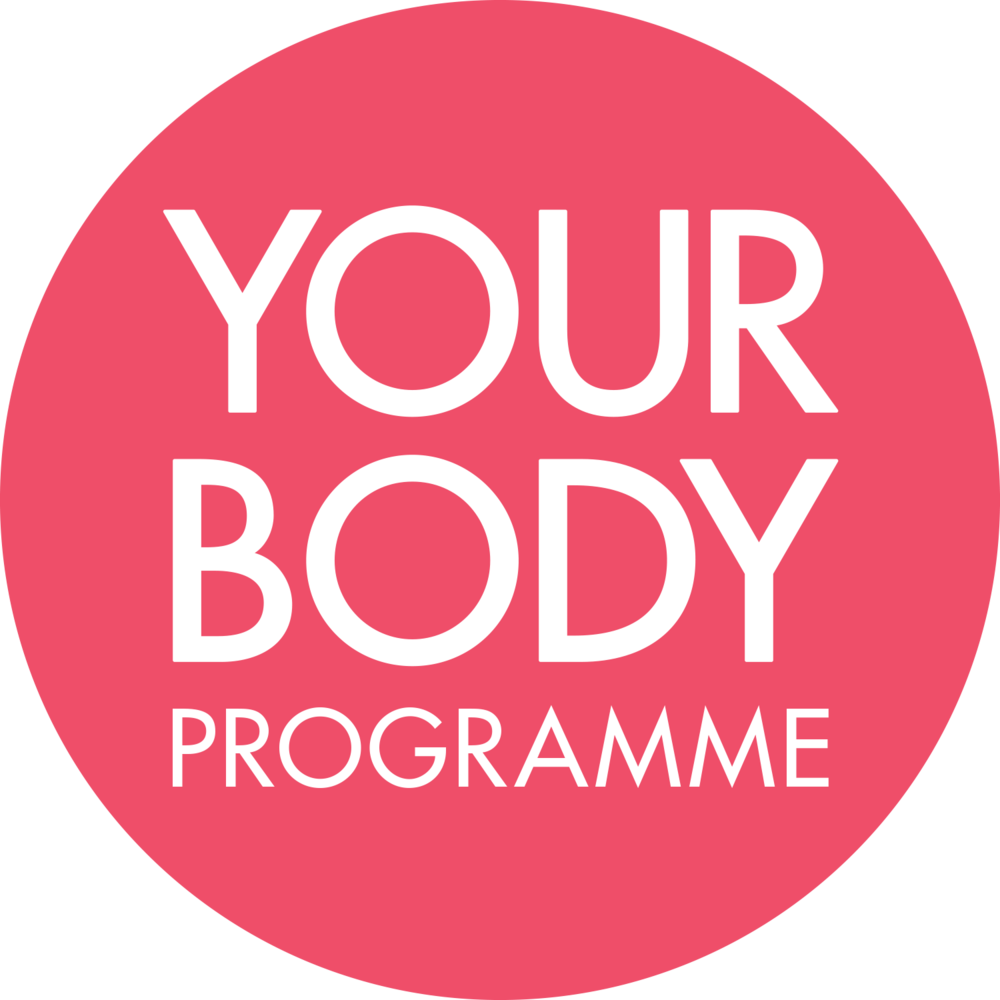Low stomach acid hypochlorhydria
We need stomach acid in order to breakdown food, it immediately follows chewing in the digestive process. Inadequate HCL obstructs the absorption of nutrients such as calcium, magnesium, zinc, copper and B complex. As B1, B6, B12 and zinc are needed for HCL production this can be a vicious circle. The acid is a first line of defence against disease causing microbes, bacterial overgrowth in the gut and helping prevent food poisoning. It is essential for the breakdown of protein. Obviously by reducing the absorption of several nutrients other body systems can become imbalanced including immune, nervous, endocrine and skin. Low HCL can be caused by a lack of Vitamins A and B complex along with a low protein intake. Low HCL also results in reduced amounts of digestive enzymes and impaired stomach movement that is necessary to mix the food with the enzymes for efficient digestion of food. The symptoms of low acid often mimic those of excess acid.
Common symptoms
Bloating, belching, burning and flatulence immediately after meals
A sense of over fullness after eating
Indigestion, diarrhoea or constipation
Multiple food allergies
Nausea after taking supplements
Itching around rectum
Weak, peeling, cracked fingernails
Dilated blood vessels in cheeks and nose
Acne
Iron deficiency
Abnormal intestinal flora
Undigested food in stools
Candida infection
Tests for low stomach acid
Take 1 tablespoon of apple cider vinegar or lemon juice before eating. If symptoms improve, stomach acid is low.
Drink 1 teaspoon of baking powder in a glass of water. If no belching is produced, stomach acid is low.
Eat a fairly large portion of beetroot. If your urine goes red, stomach acid is low.
Treatment for low acid levels
With a main meal take one HCL supplement. If this does not aggravate your symptoms take two with the next meal, then three with the next and continue this way increasing at every meal until you get a warming sensation in your stomach that indicates enough acid (stop if you get to seven). When you have found the required dose, take it at every meal of a similar size. If you have a smaller meal reduce the dose. With an adequate amount of acid you will absorb the nutrients required (zinc and vitamin B6) for the body to make it’s own stomach acid. As this begins to happen you will notice the warming sensation and can gradually reduce the dose.
Dietary recommendations
Eat some fresh pineapple or papaya before meals, as they are rich in digestive enzymes.
Ginger or dandelion root tea/coffee before meals stimulate gastric juices.
Food combining improves digestion, eat high protein foods (meat, dairy) away from high carbohydrate foods (potatoes, bread, rice, pasta). Impractical, yes, but it can be very helpful. Both groups can be eaten with vegetables, but fruits should be eaten on their own.
Low stomach acid is thought to encourage the bacterium Helicobacter pylori, which prefers the higher PH (less acid) conditions. The bacterial infection further raises the PH and can cause gastric ulcers to develop. Maintaining levels of the antioxidant vitamins C and E is thought to minimise the damage caused by H. pylori.

